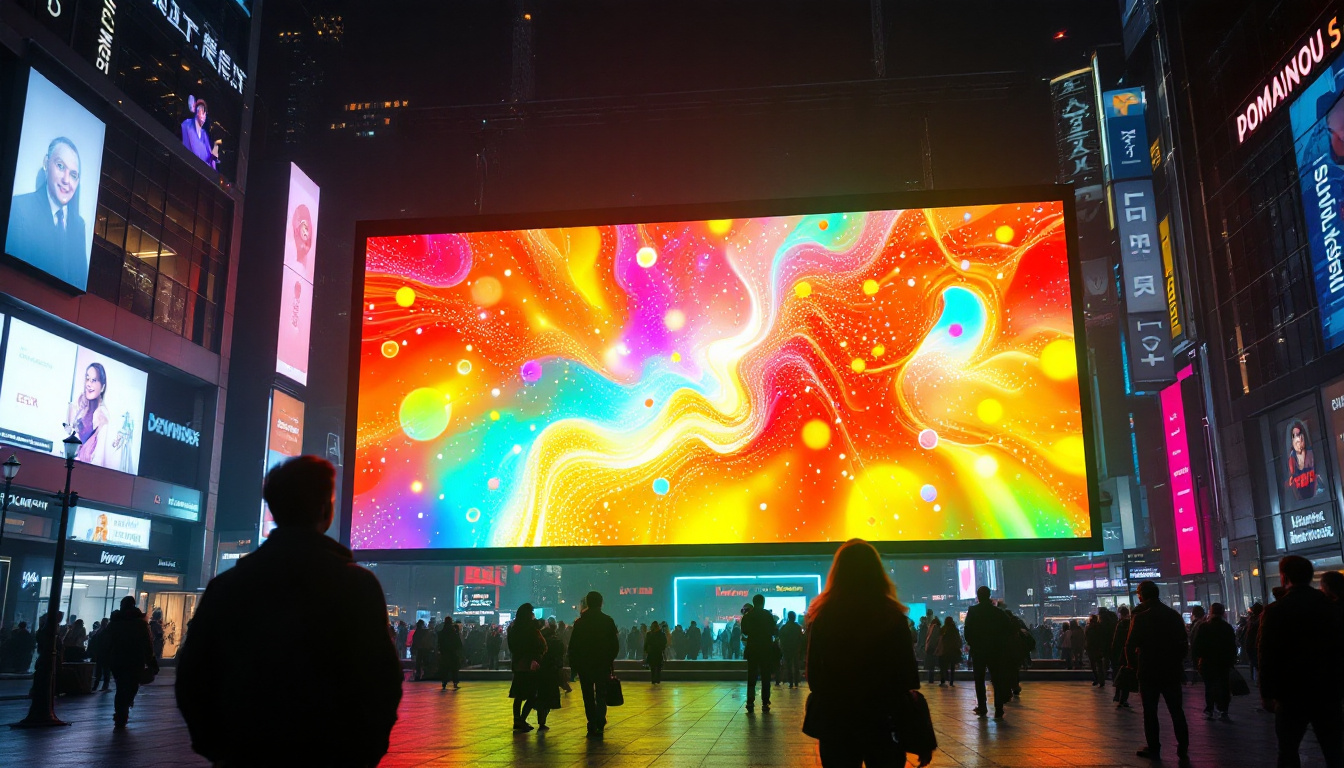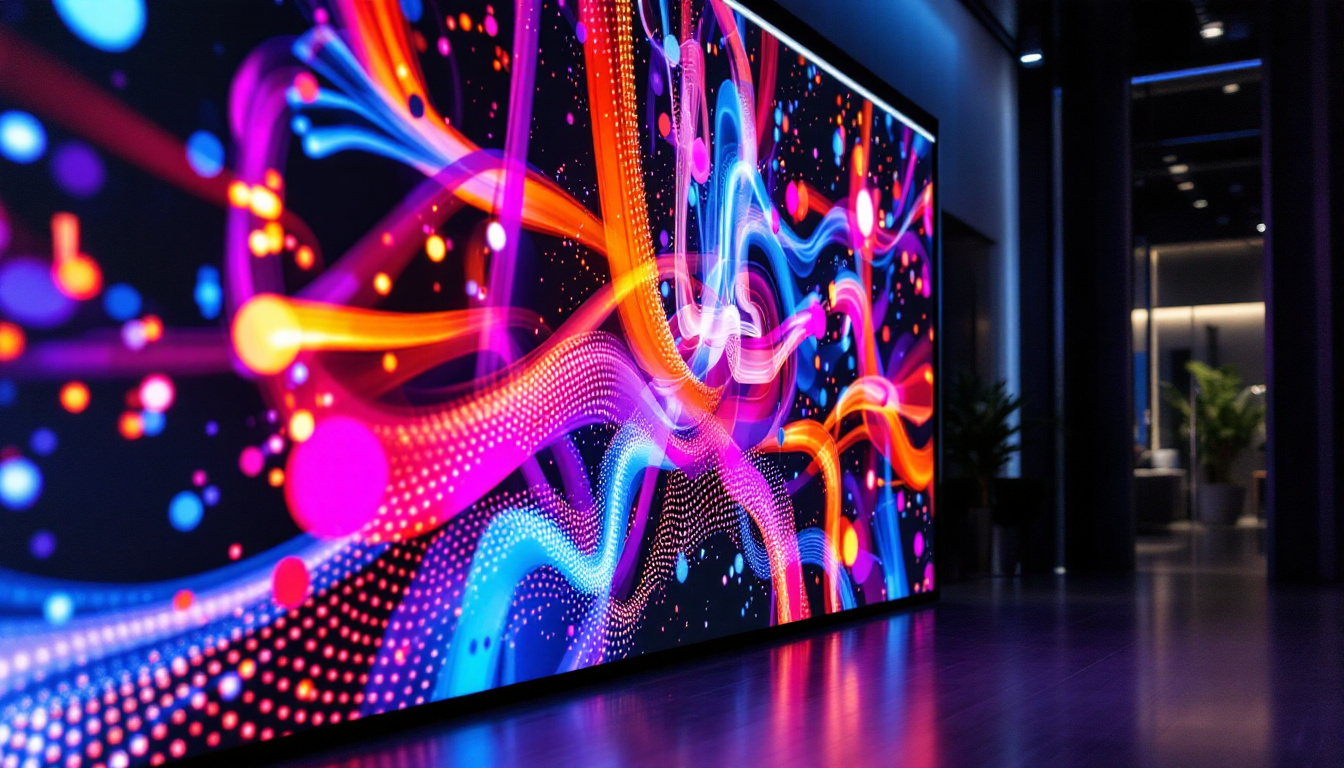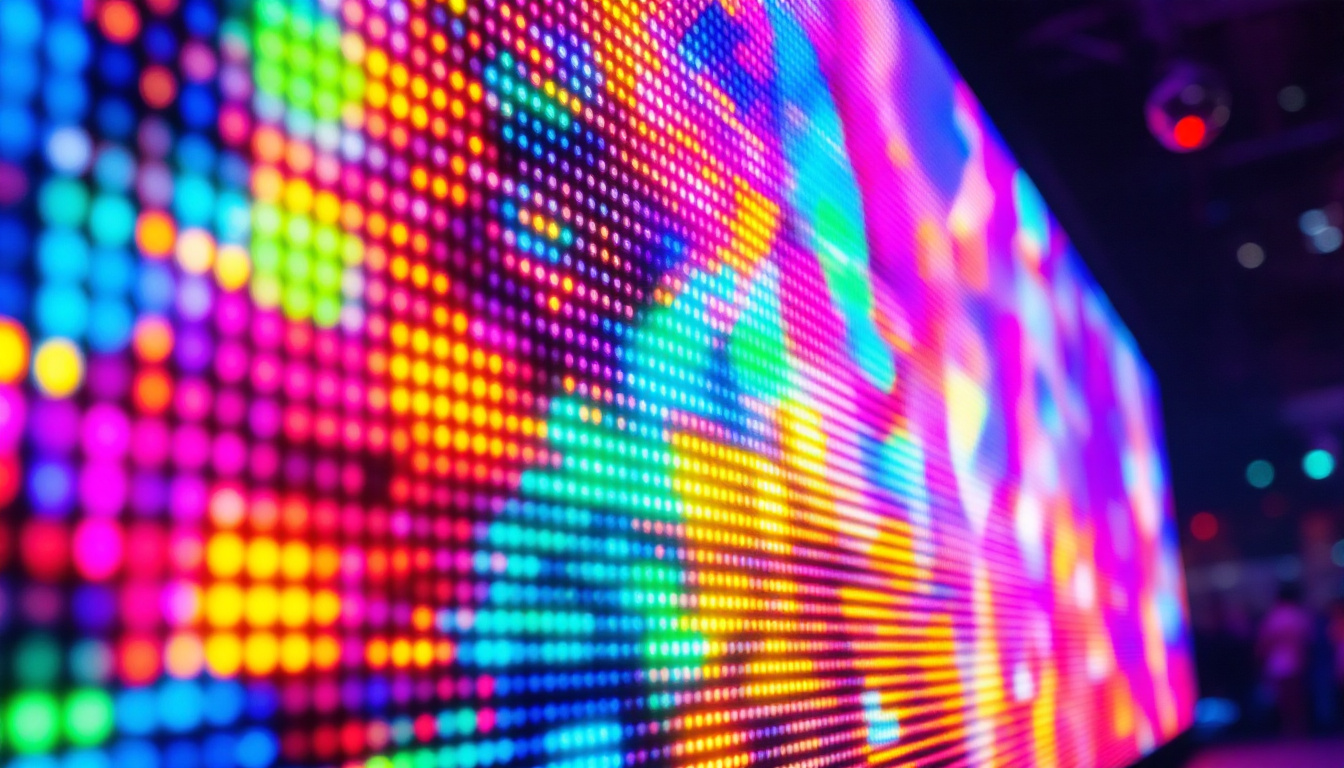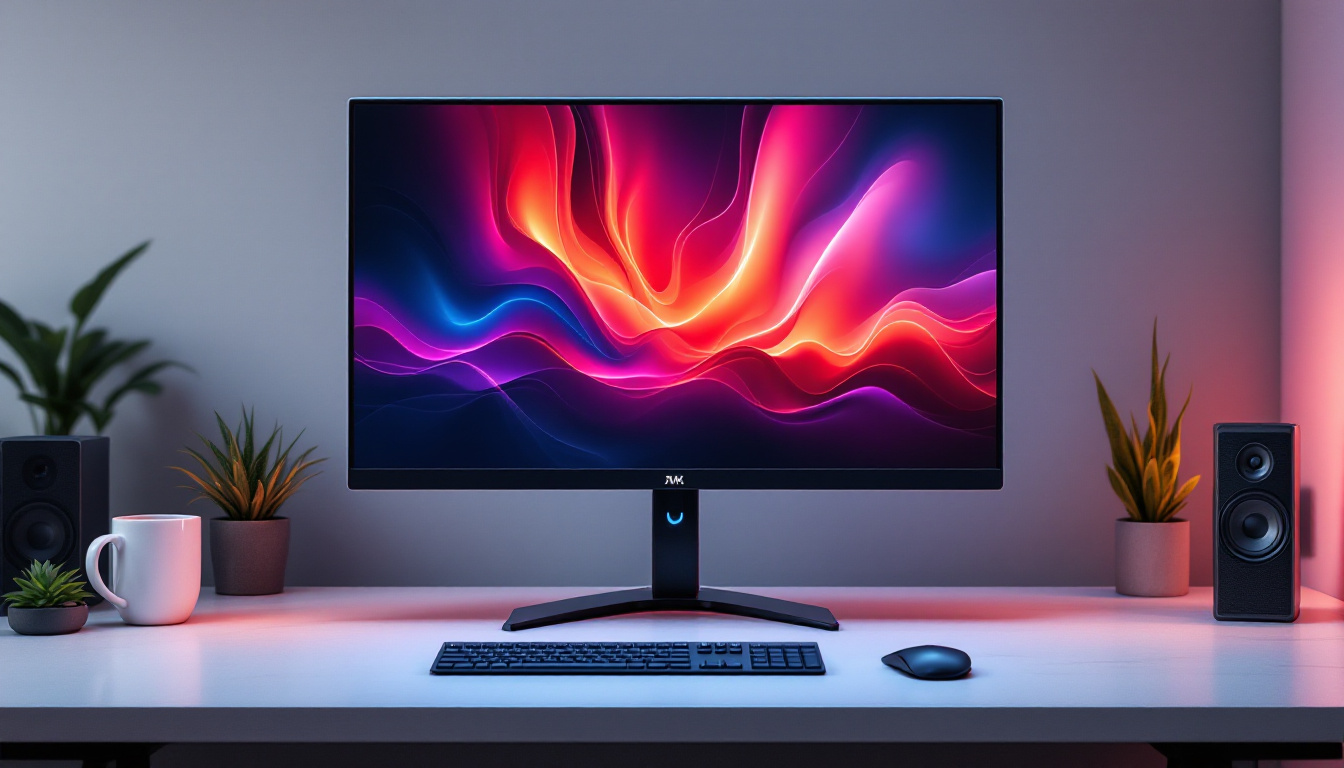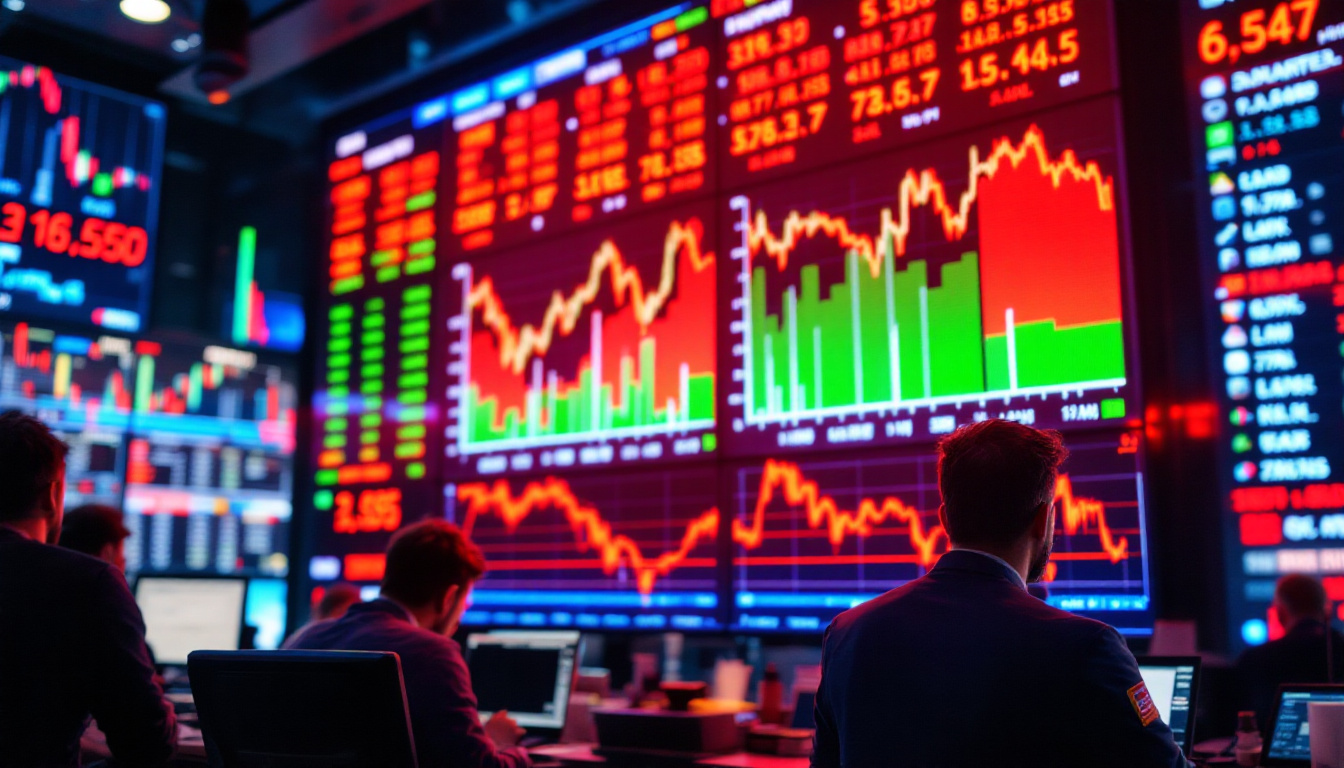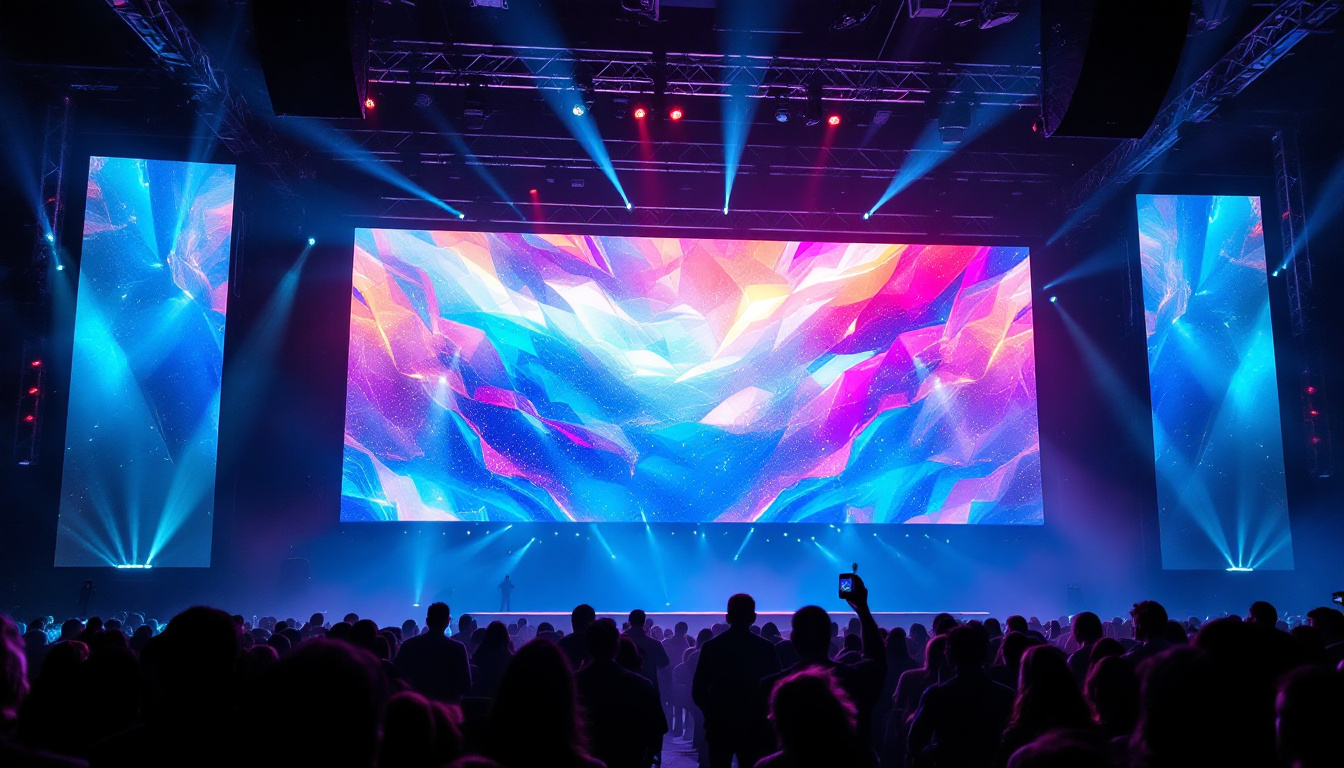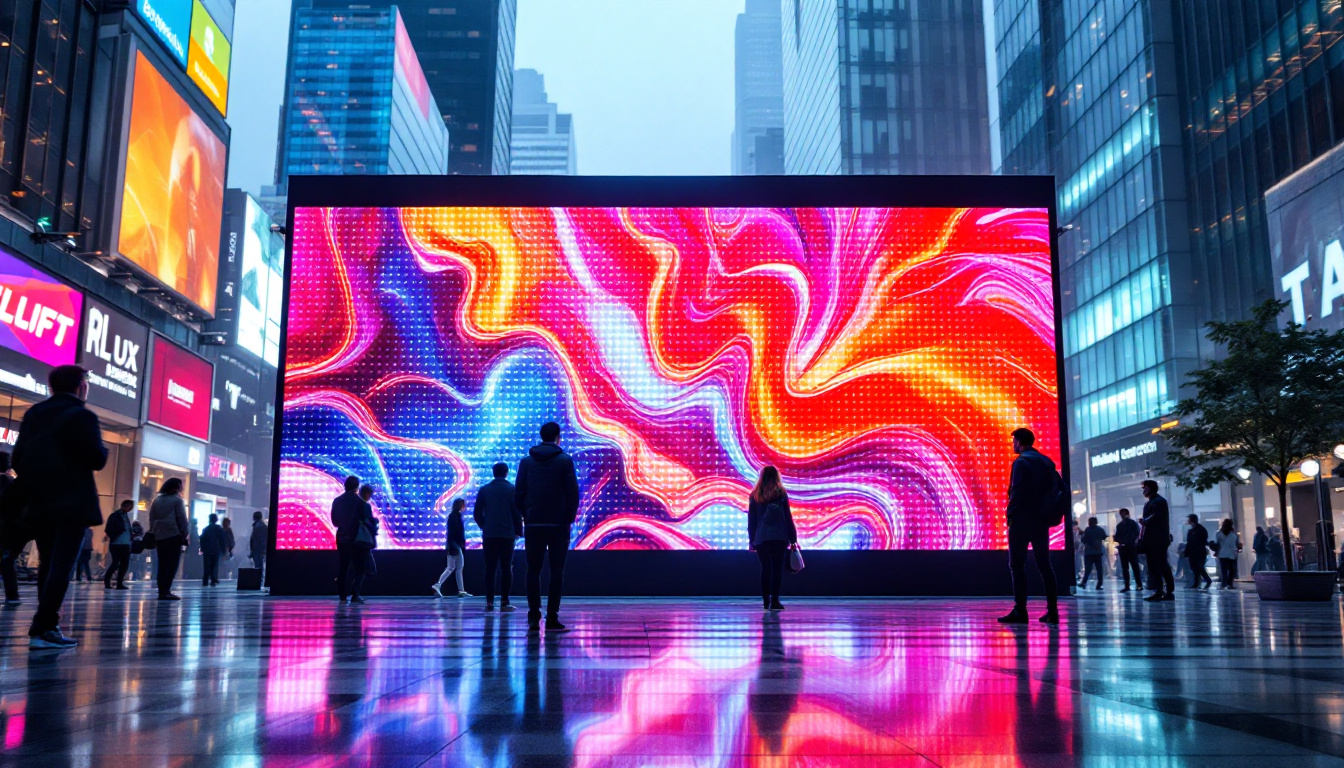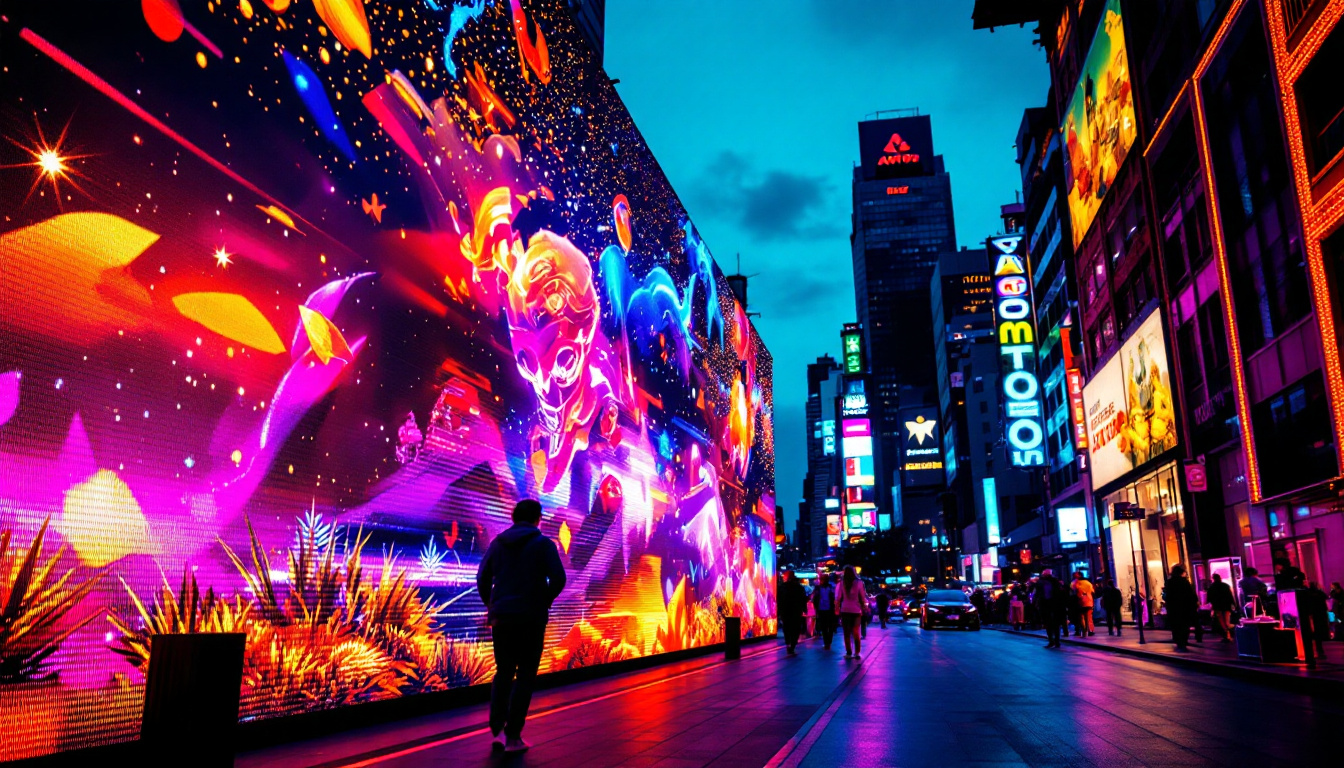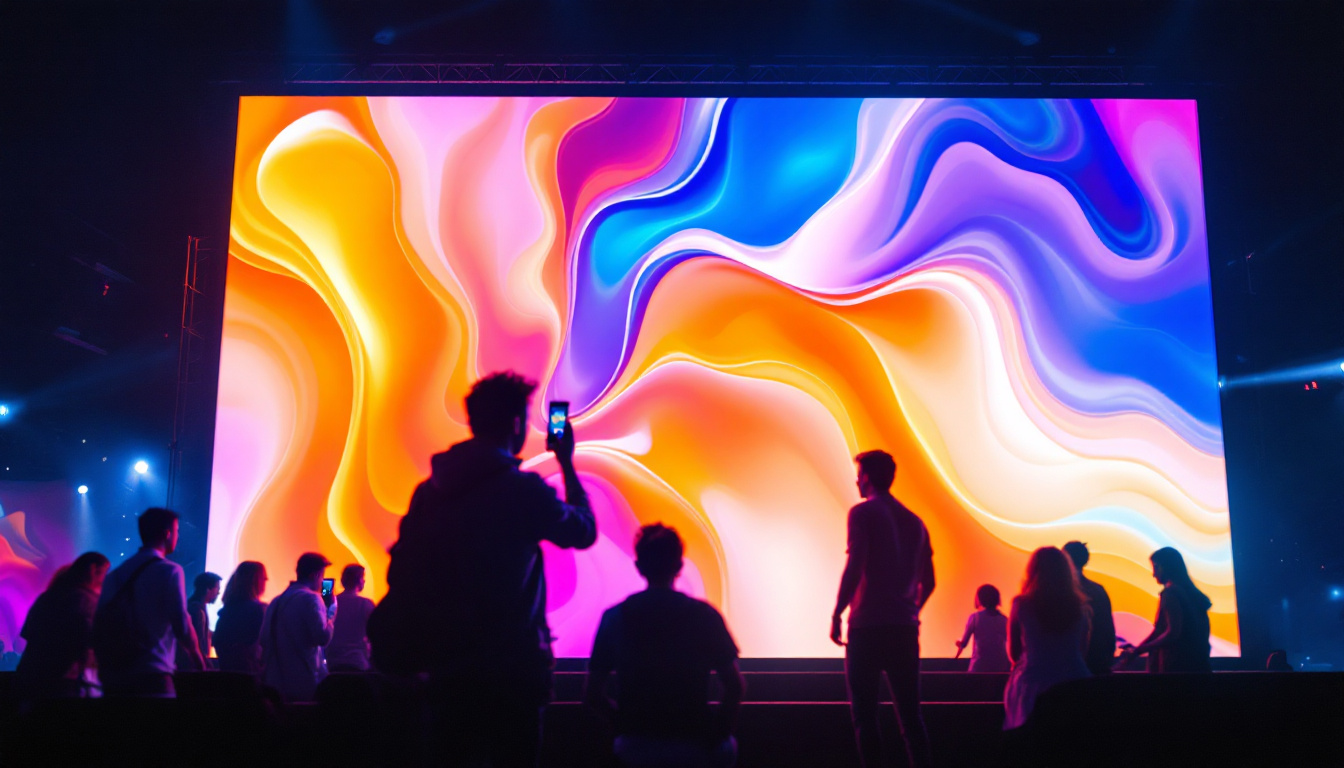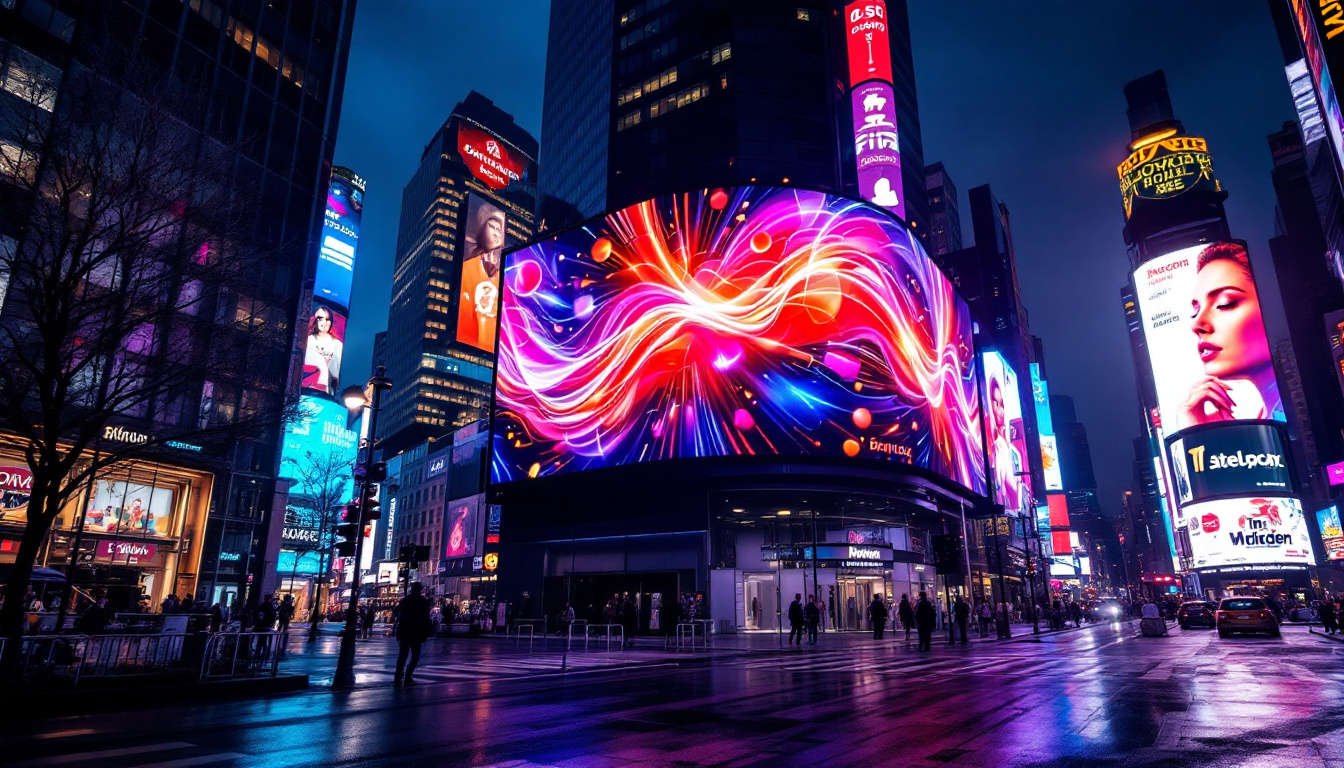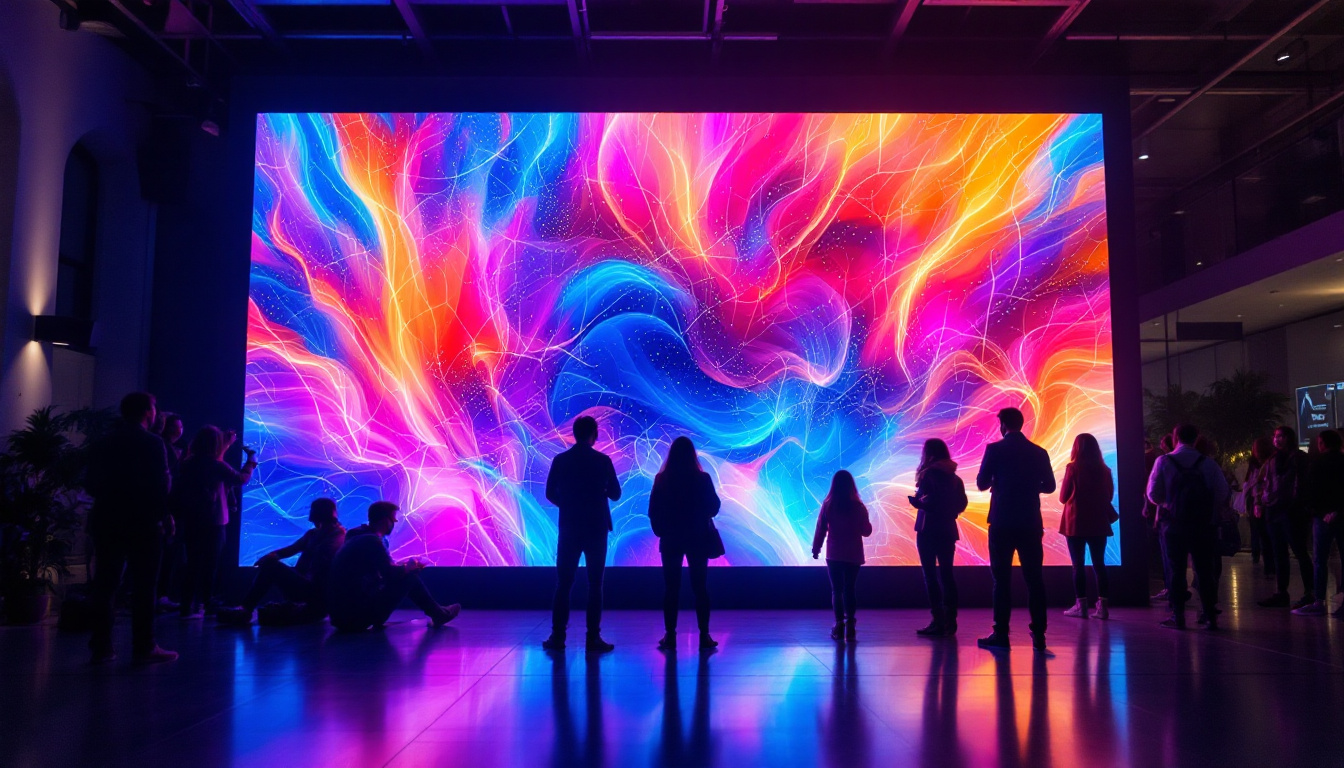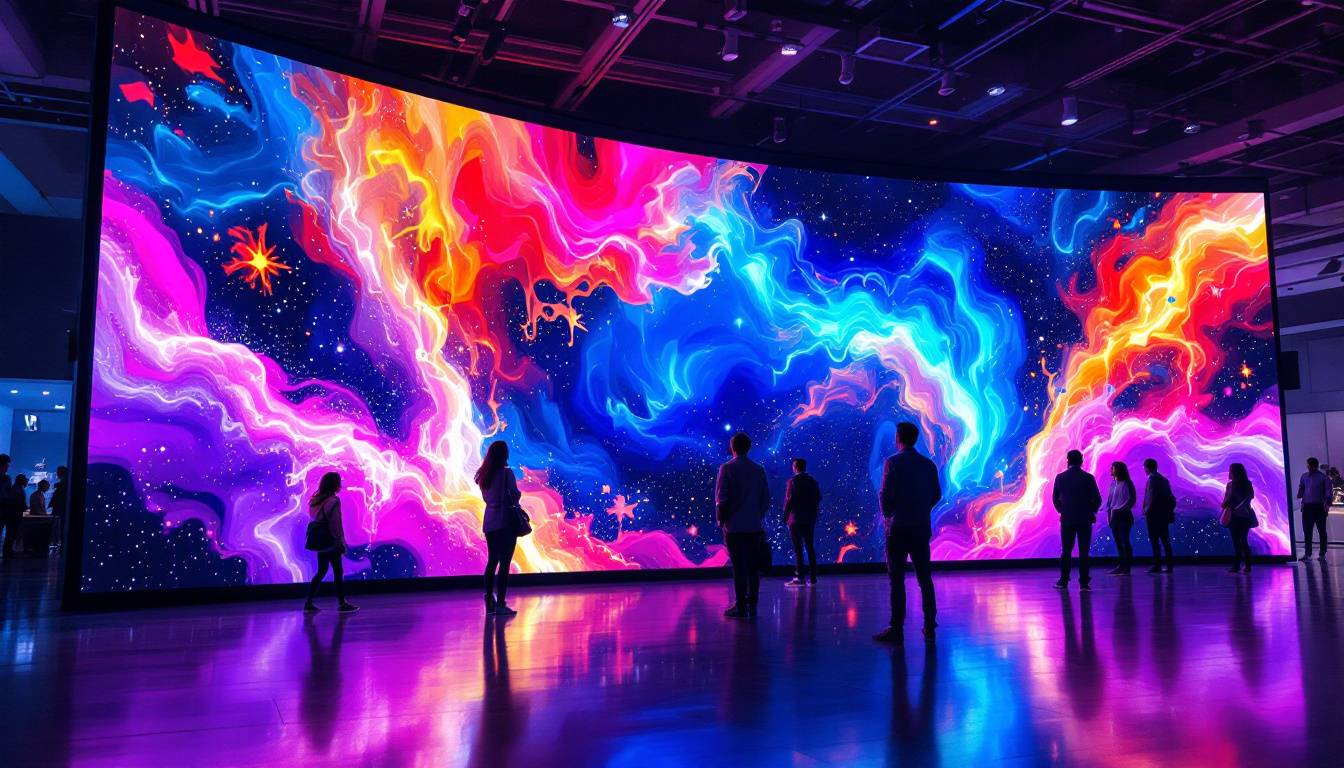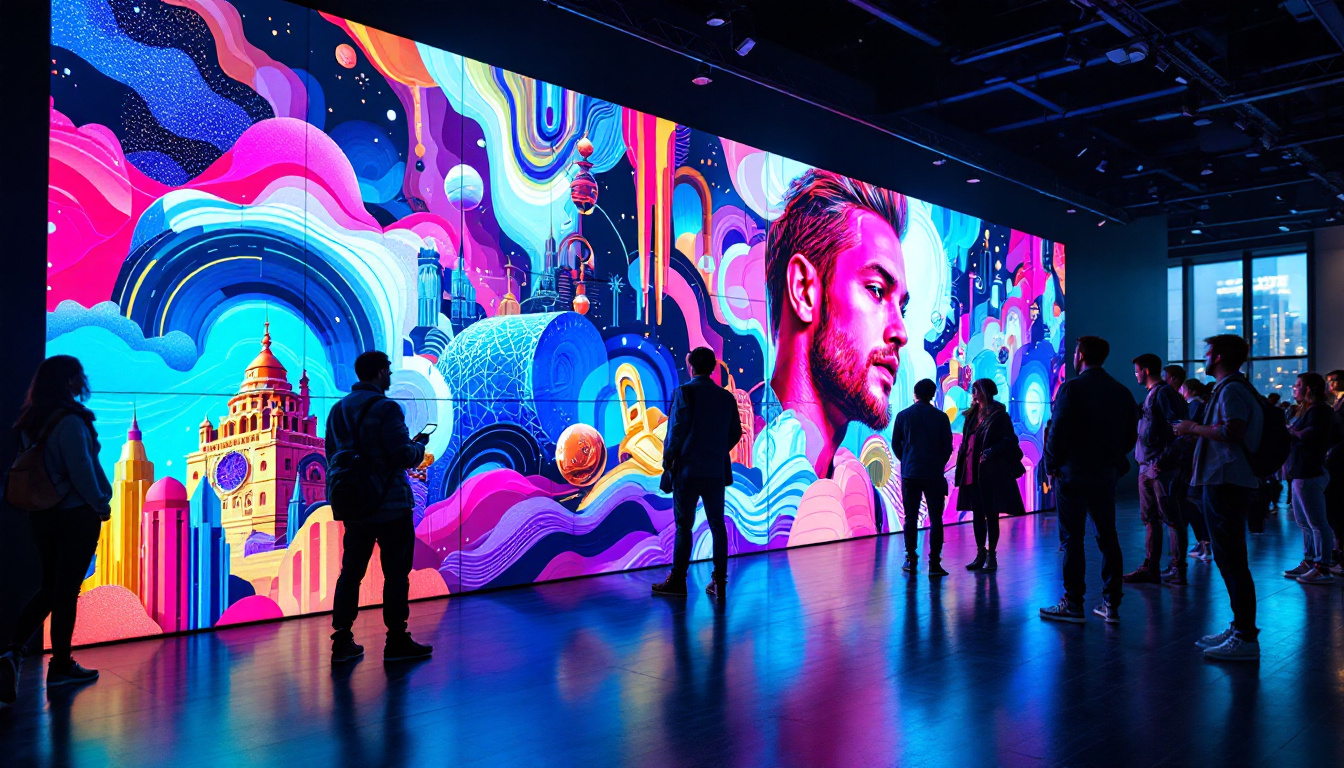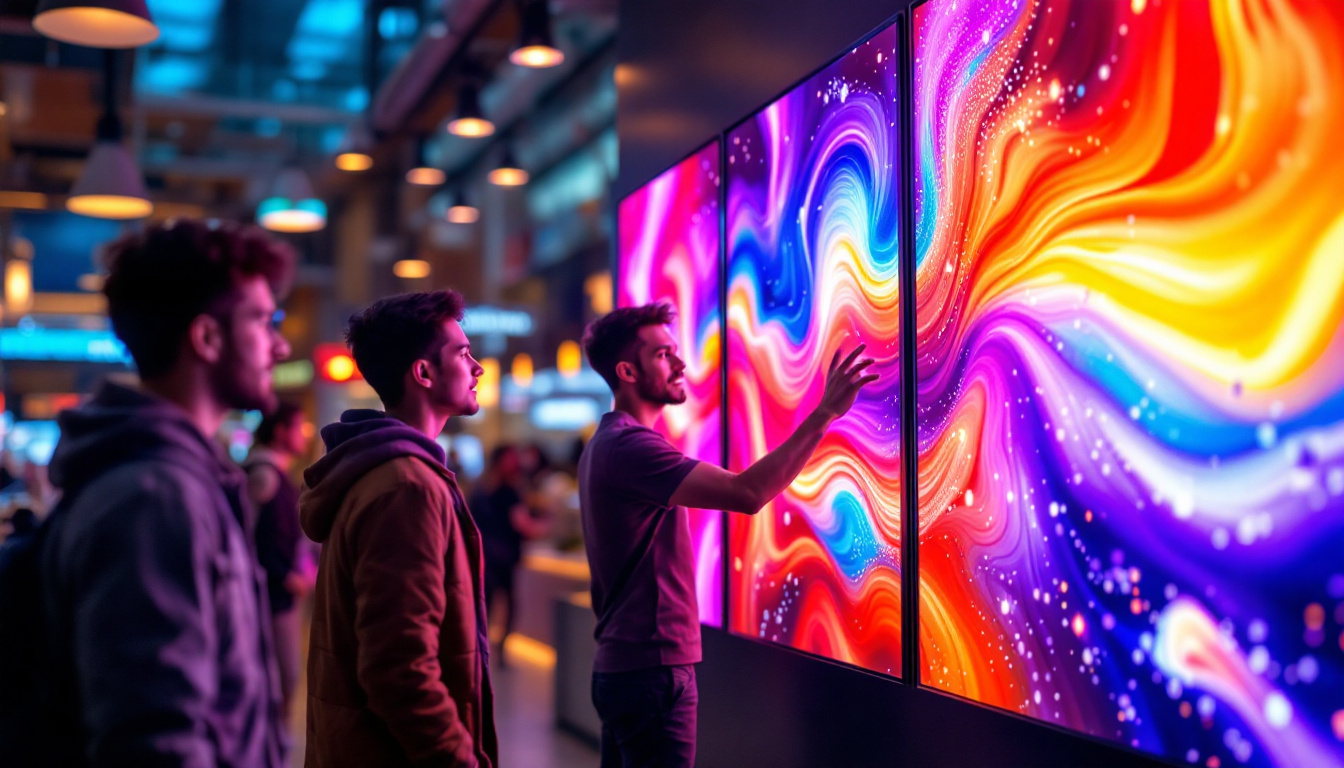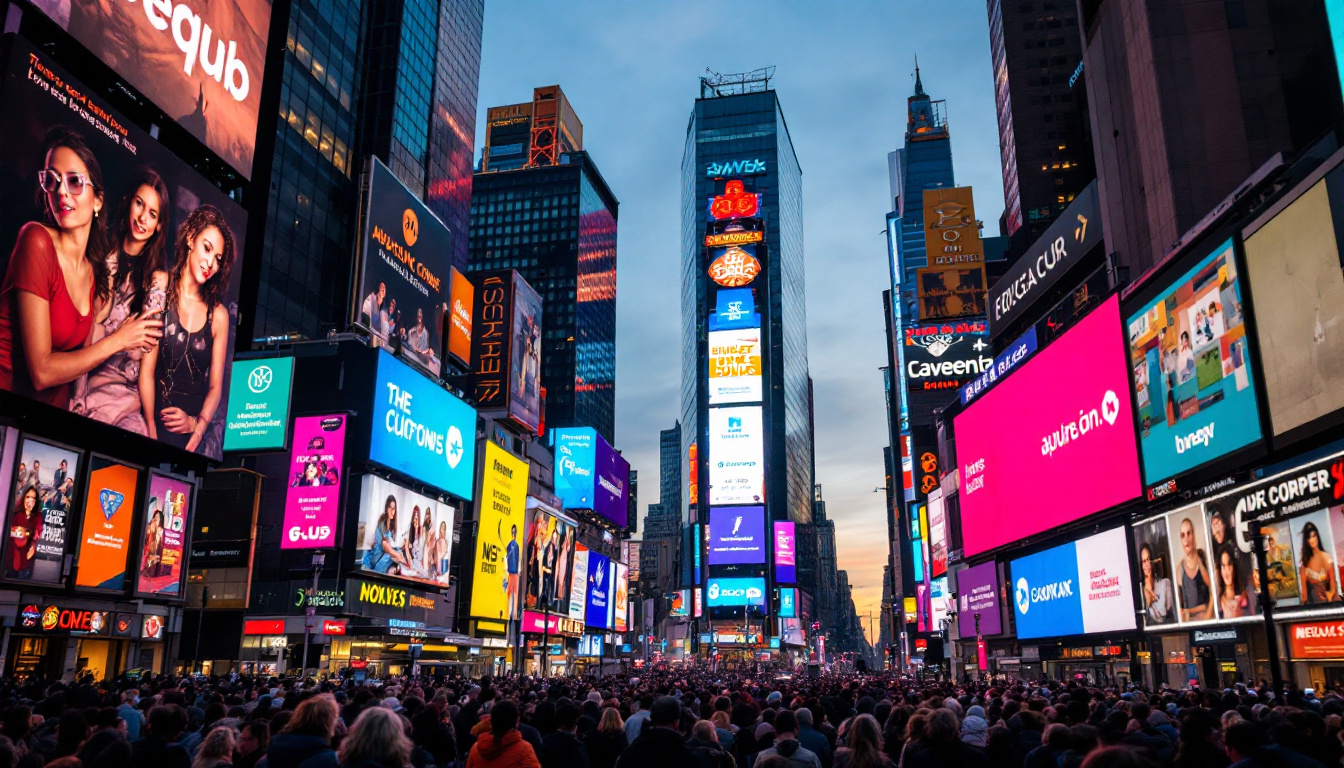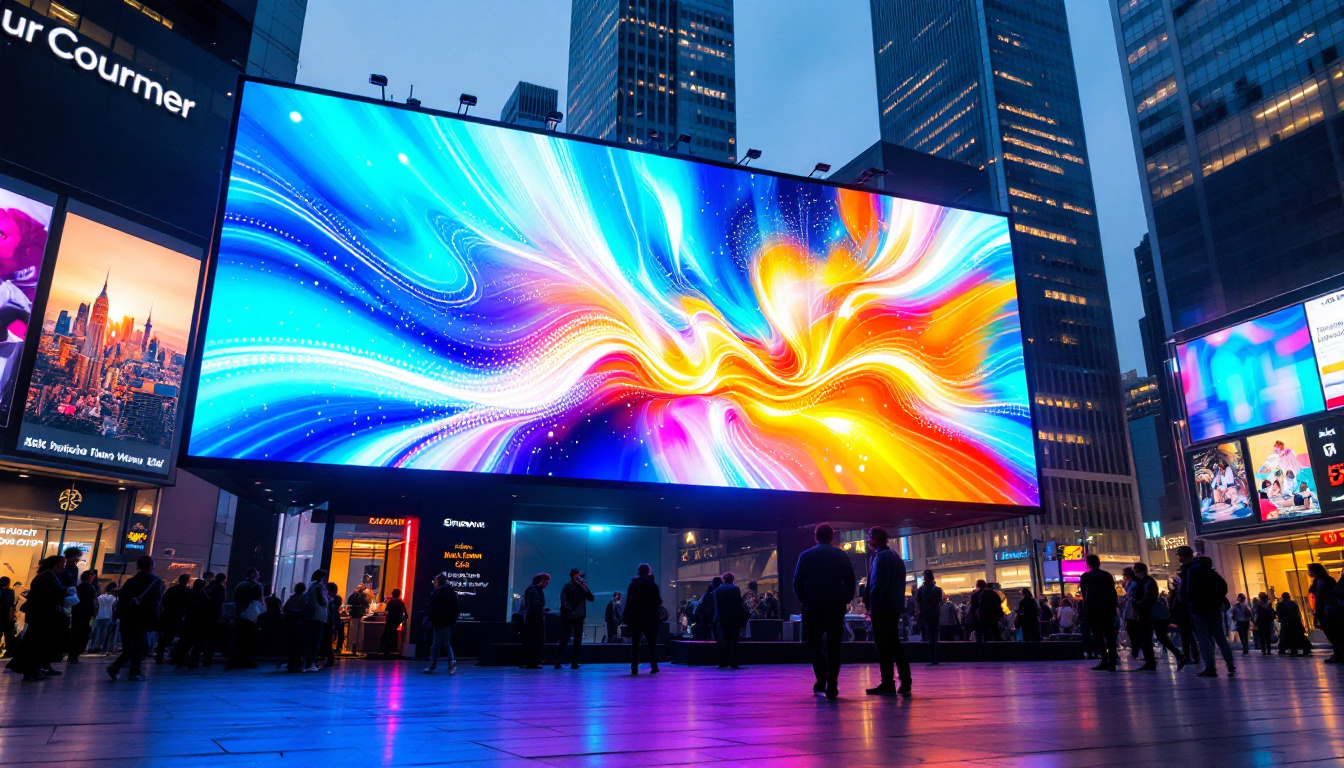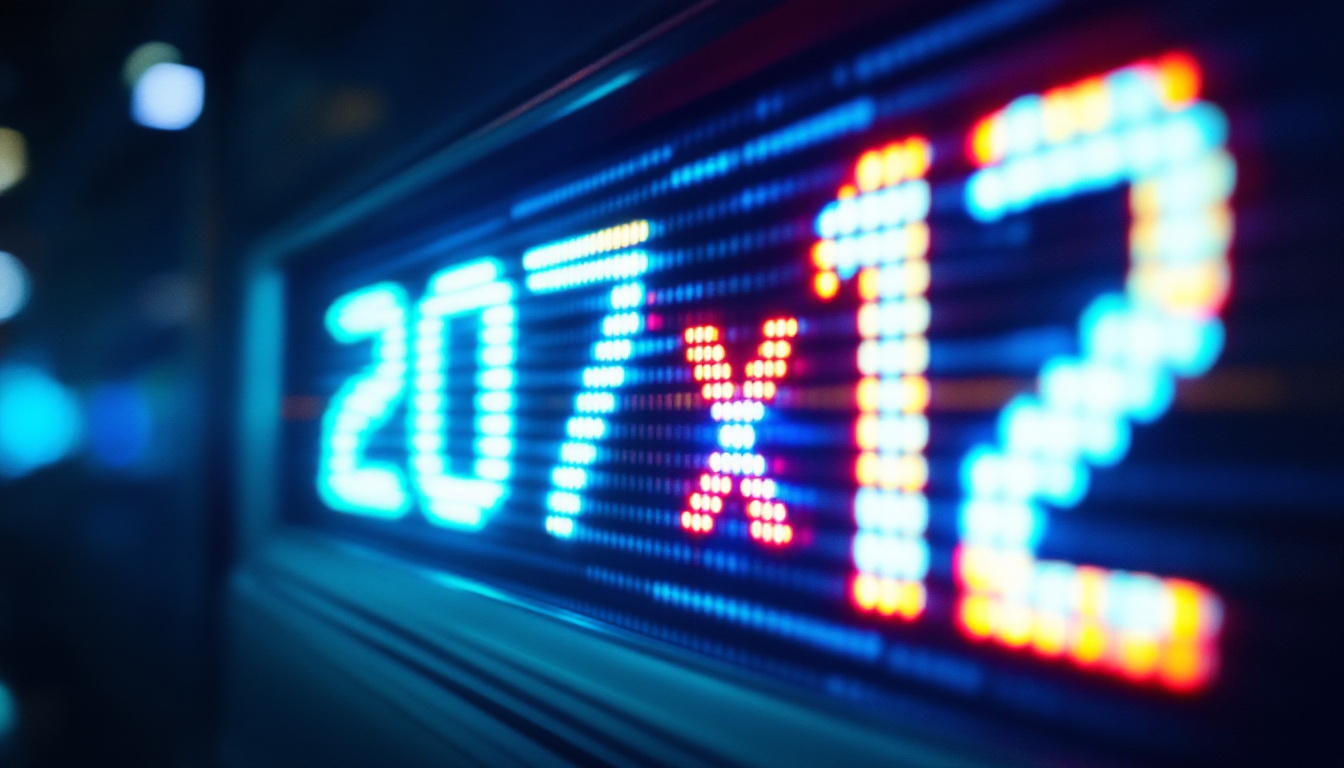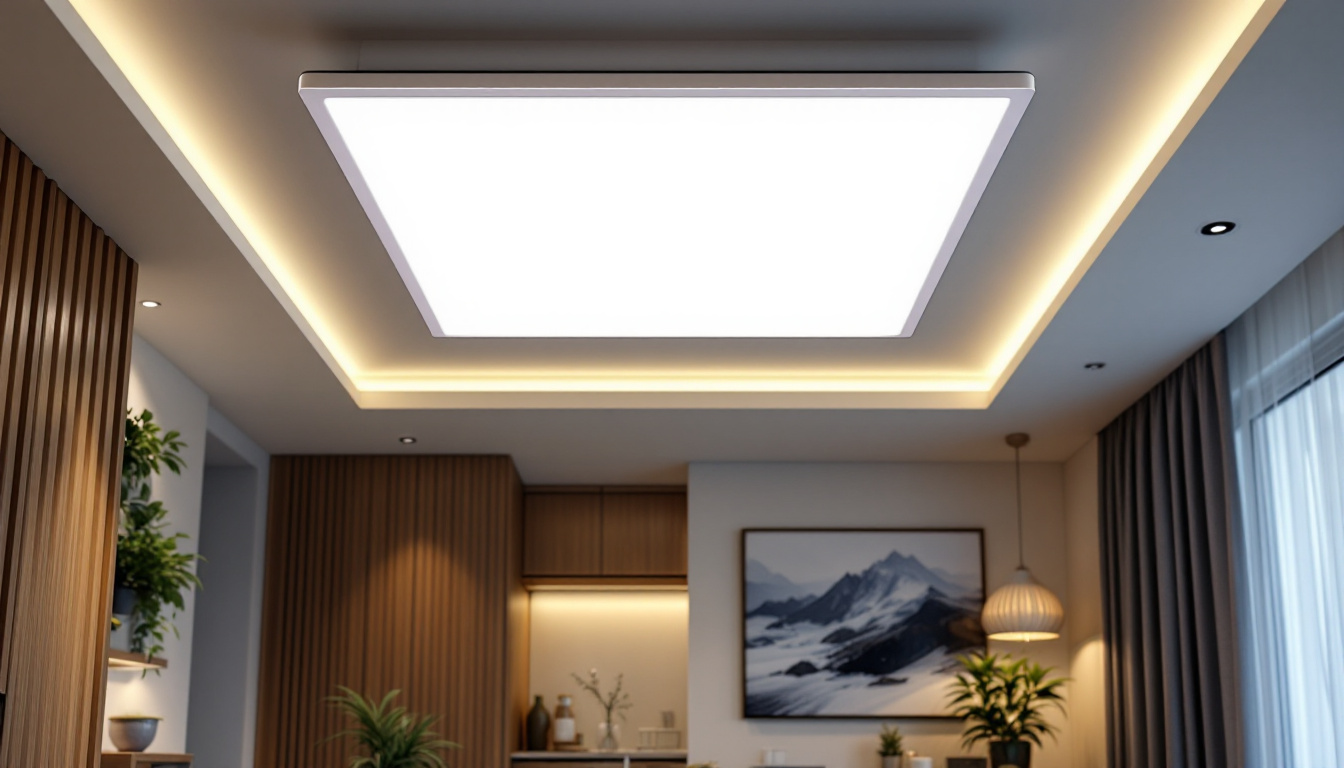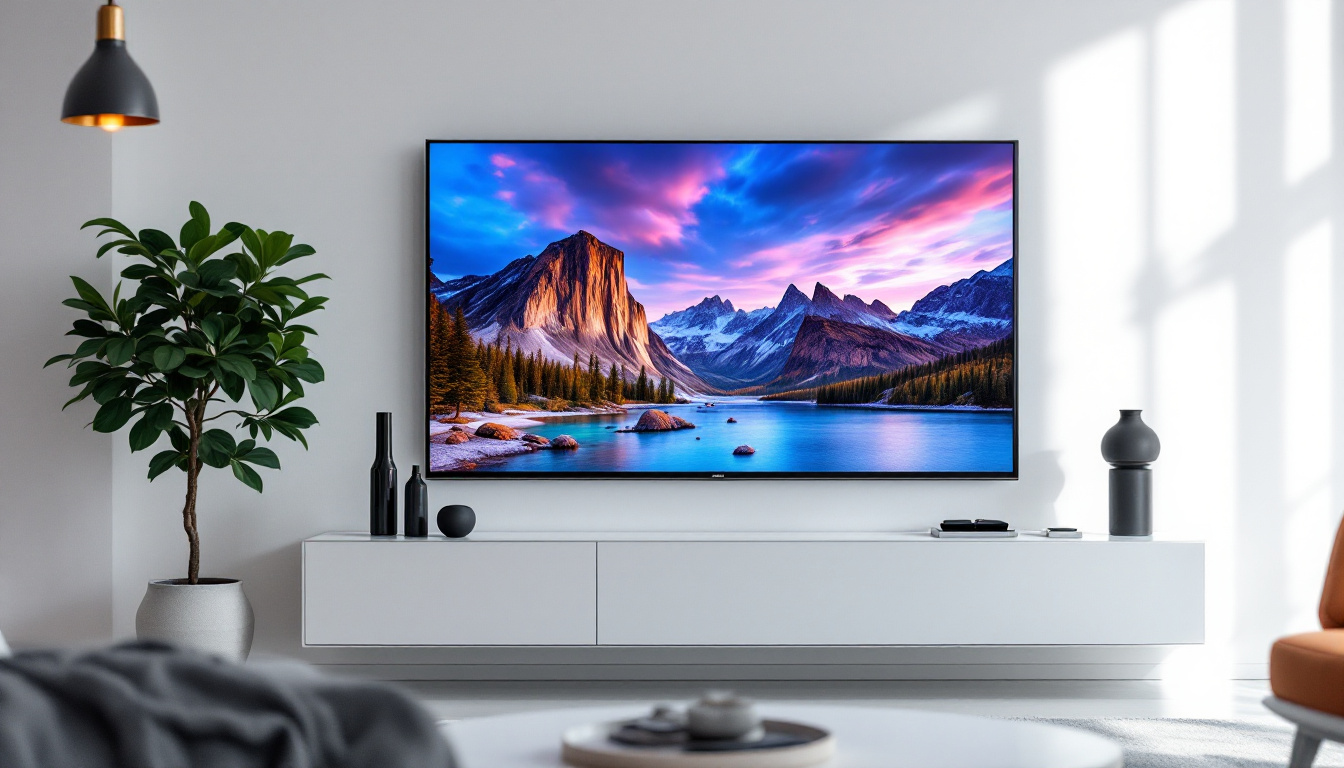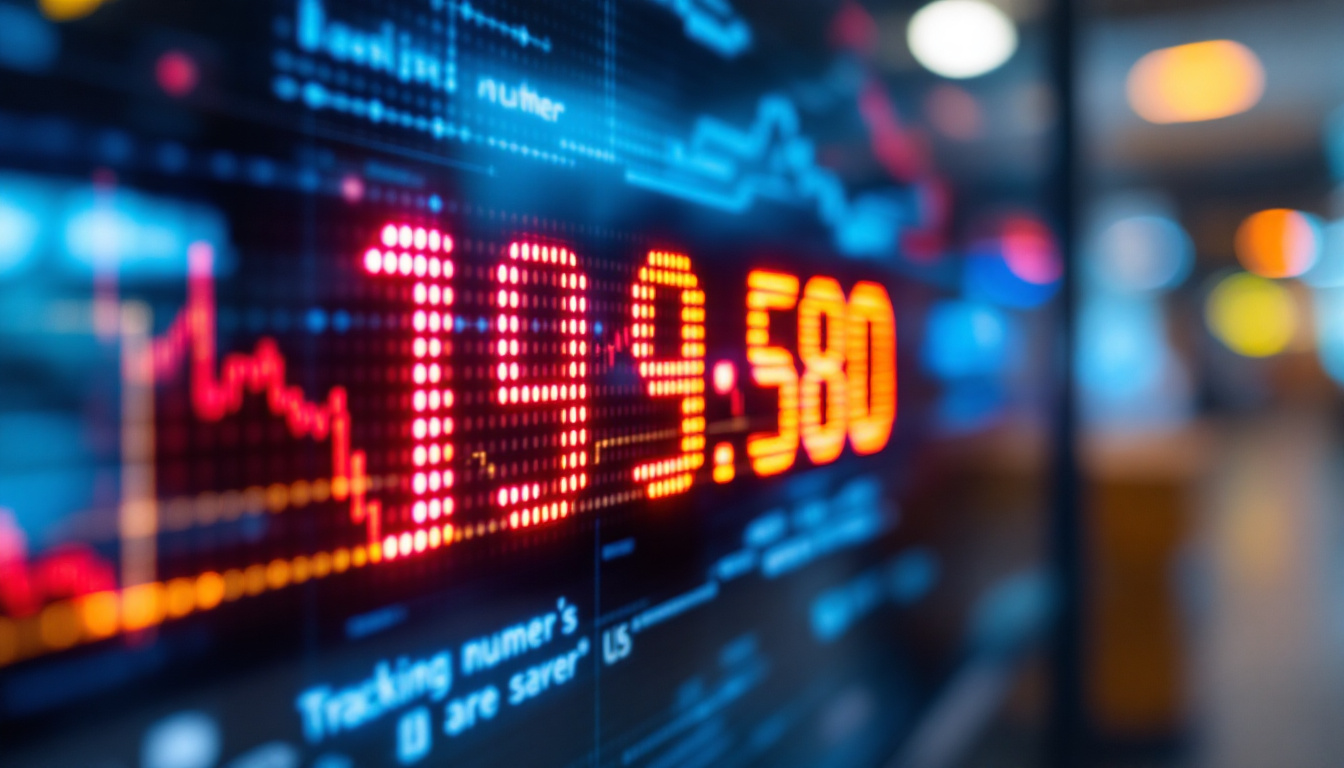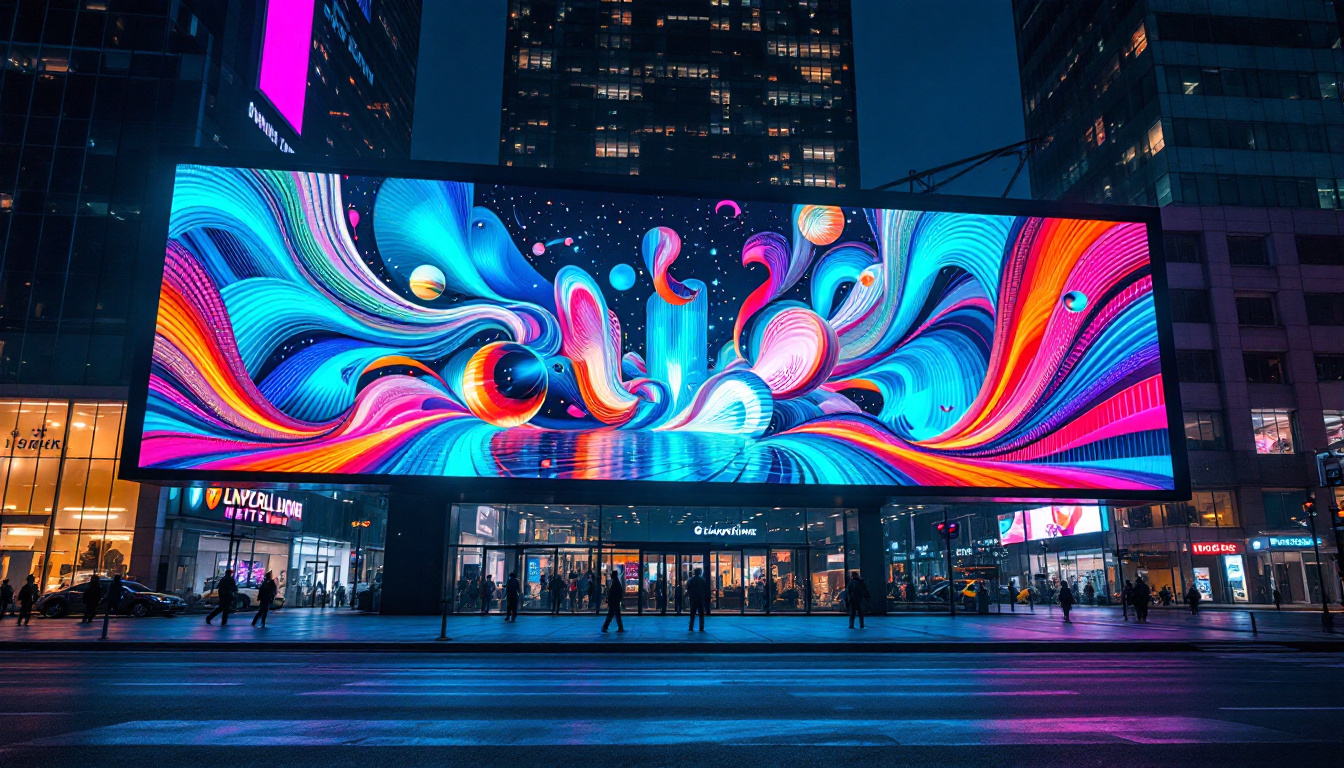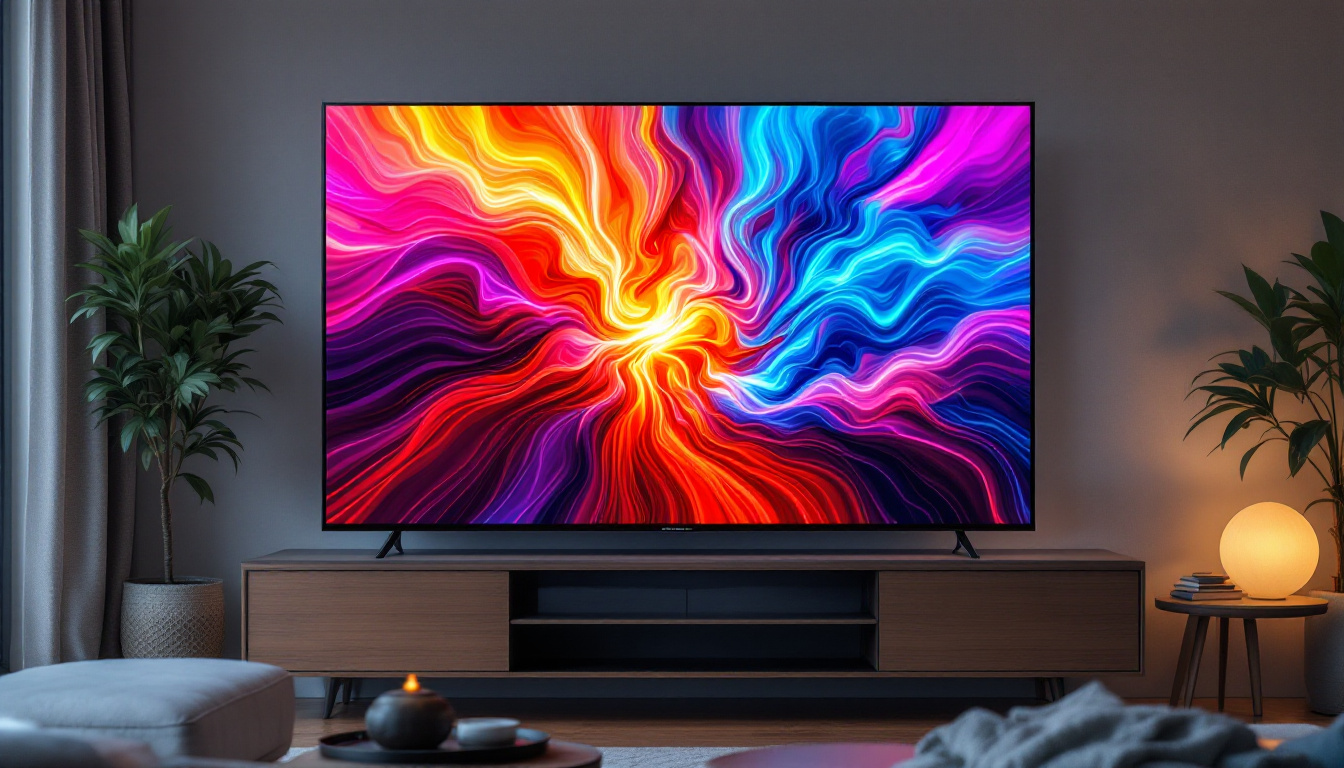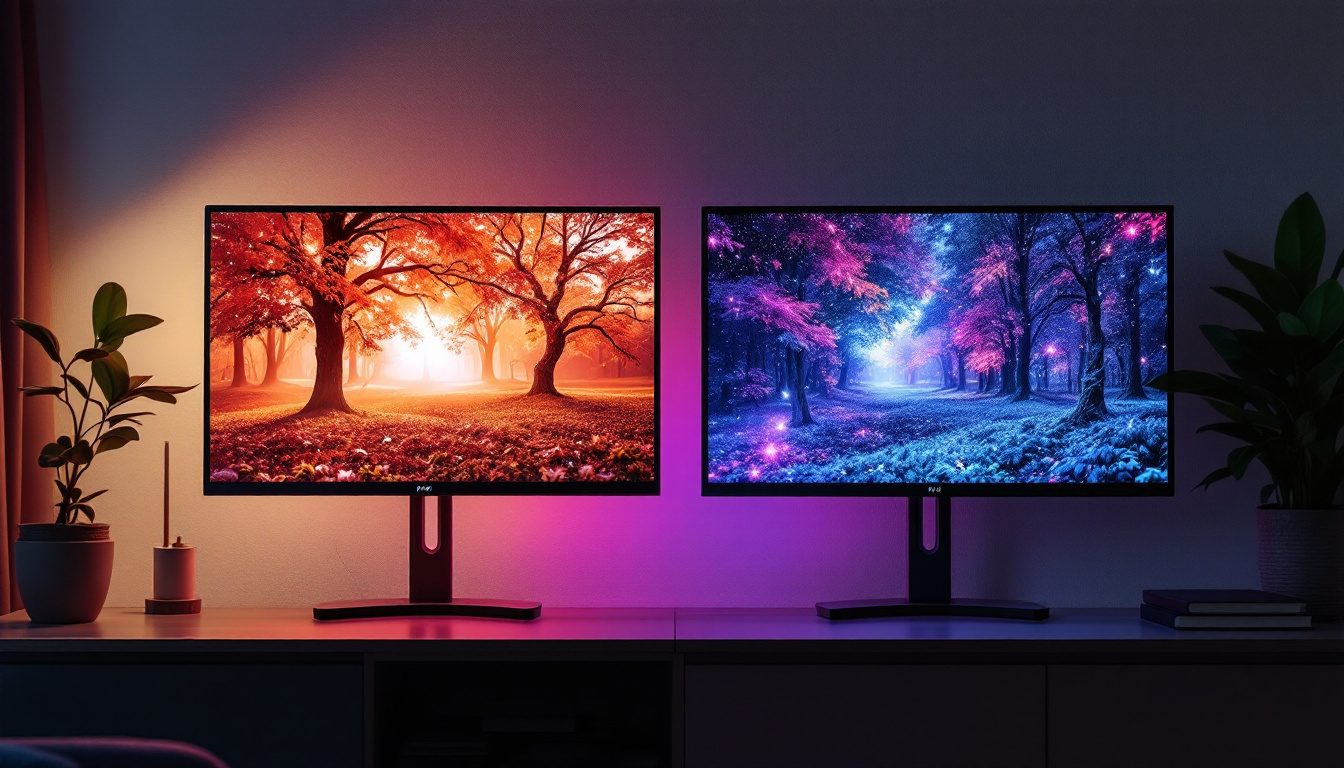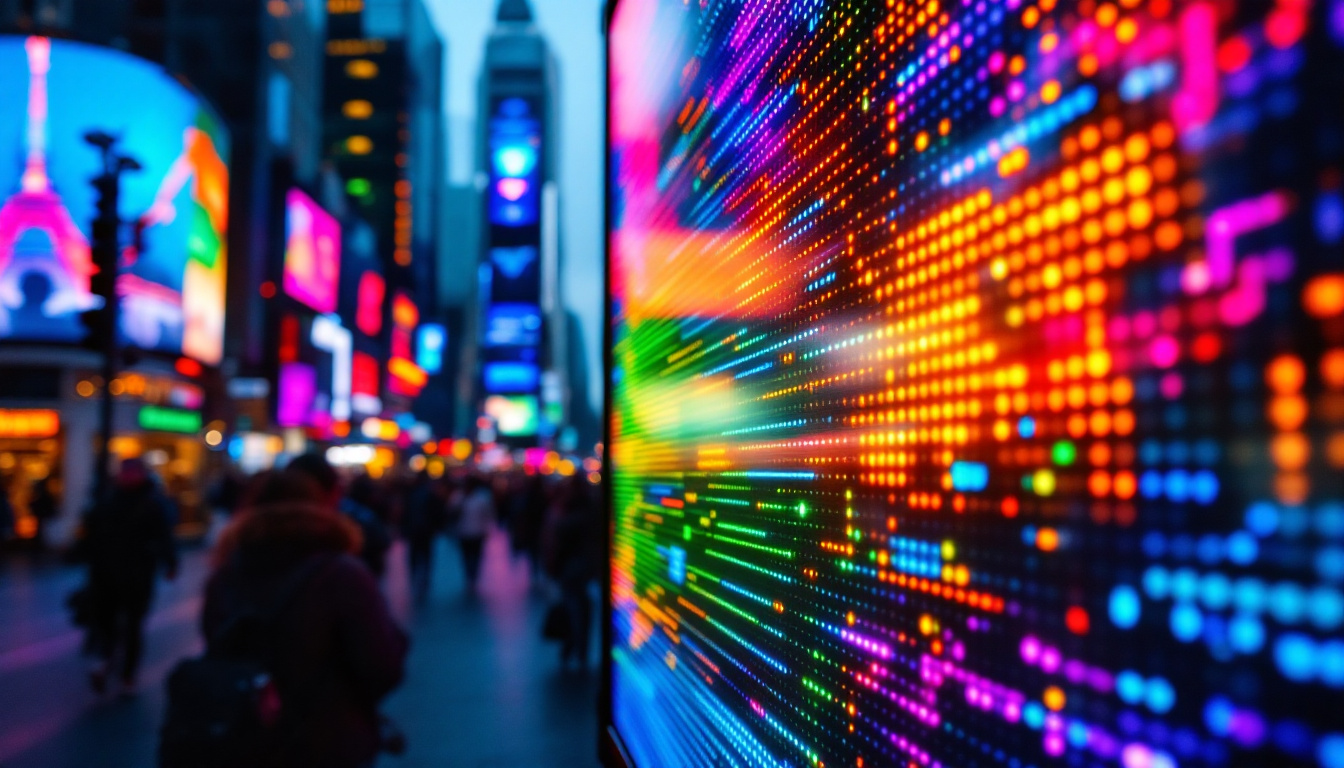In today’s digital age, visual communication has become an essential aspect of marketing and information dissemination. One of the most effective tools in this realm is the LED display, particularly the Poster LED type. These displays have revolutionized the way businesses and organizations convey messages, capturing attention and providing dynamic content in a visually appealing manner.
Understanding LED Displays
LED displays are electronic devices that utilize light-emitting diodes (LEDs) to produce images, videos, and text. They are known for their bright colors, high contrast, and energy efficiency, making them suitable for various applications, from advertising to information display.
How LED Technology Works
At the core of LED displays is the light-emitting diode, a semiconductor device that emits light when an electric current passes through it. This technology allows for the creation of vibrant images and videos. Each pixel in an LED display consists of red, green, and blue (RGB) diodes, which can be combined in different intensities to produce a wide spectrum of colors.
LED displays can be categorized into two main types: indoor and outdoor. Indoor displays are typically used in venues like shopping malls, airports, and conference halls, while outdoor displays are designed to withstand weather conditions and are often found in billboards and public spaces. The construction of outdoor LED displays often includes protective layers that shield the components from rain, dust, and extreme temperatures, ensuring that they remain functional and visually appealing even in harsh environments.
The Advantages of LED Displays
LED displays offer numerous advantages over traditional display technologies. One of the most significant benefits is their energy efficiency. Compared to incandescent bulbs, LEDs consume considerably less power, leading to lower energy bills and a reduced carbon footprint.
Moreover, LED displays are known for their longevity. With a lifespan of up to 100,000 hours, they require less frequent replacements, which can save costs in the long run. Additionally, their brightness and visibility in various lighting conditions make them ideal for both indoor and outdoor use. This adaptability is particularly beneficial for businesses looking to attract attention in bustling urban environments, where competition for visibility is fierce. Furthermore, the ability to easily update content on LED displays allows for dynamic advertising strategies that can be tailored to specific audiences or events, enhancing engagement and effectiveness.
Poster LED Displays: A Unique Solution
Among the various types of LED displays, Poster LED displays stand out due to their design and functionality. These displays are typically slim and lightweight, allowing for easy installation and portability. They are often used in retail environments, trade shows, and events to showcase promotional content.
Design and Features
Poster LED displays are designed to be eye-catching and engaging. Their sleek profile allows them to blend seamlessly into any environment, making them an attractive option for businesses looking to enhance their visual appeal. Many models come with high-resolution screens, ensuring that images and videos are crisp and clear.
Furthermore, Poster LED displays often include features such as touch capabilities, remote control operation, and customizable content management systems. These features enable users to update their displays quickly and efficiently, ensuring that the content remains relevant and engaging. Some advanced models even support interactive content, allowing customers to engage directly with the display, which can enhance the overall customer experience and encourage longer dwell times.
Applications of Poster LED Displays
The versatility of Poster LED displays makes them suitable for a wide range of applications. In retail settings, they can be used to promote sales, showcase new products, or provide information about store hours and policies. Their dynamic content capabilities allow businesses to change messages frequently, keeping the audience engaged.
In corporate environments, Poster LED displays can serve as digital signage for meetings and conferences, displaying schedules, agendas, or important announcements. Additionally, they are increasingly being used in educational institutions to convey information to students and staff. With the rise of hybrid learning models, these displays can also facilitate remote learning by showcasing live feeds or interactive lessons, bridging the gap between in-person and online education.
Moreover, Poster LED displays are finding their way into public spaces such as airports and train stations, where they can provide real-time information about arrivals and departures, helping travelers navigate their journeys more efficiently. Their ability to display vibrant graphics and videos makes them ideal for advertising local attractions or events, enhancing the overall travel experience. As technology continues to evolve, the potential applications for Poster LED displays are expanding, making them an indispensable tool for communication in various sectors.
Choosing the Right Poster LED Display
Selecting the appropriate Poster LED display requires careful consideration of various factors. Understanding these factors can help ensure that the chosen display meets the specific needs of the intended application.
Size and Resolution
The size of the Poster LED display is crucial, as it must fit the intended space while also being visible to the target audience. Larger displays are typically more effective in high-traffic areas, while smaller displays may suffice in more intimate settings.
Resolution is another important aspect to consider. Higher resolution displays provide clearer images and text, making them more effective for detailed graphics and information. It is essential to balance size and resolution based on the viewing distance and the type of content being displayed. For instance, a display intended for close viewing, such as in a retail environment, may benefit from a higher pixel density to ensure that intricate details are sharp and engaging. Conversely, displays meant for long-distance viewing, like those used in stadiums or large public spaces, can afford to have a lower resolution without compromising the overall impact of the visuals.
Brightness and Contrast
Brightness is a key factor for outdoor displays, as they need to be visible in direct sunlight. A display with a higher brightness rating will perform better in bright conditions, ensuring that messages are easily readable. Contrast ratio also plays a significant role in the clarity of the display, as it determines the difference between the darkest and lightest parts of the image.
In addition to brightness and contrast, the color accuracy of the display is vital for delivering vibrant and true-to-life visuals. Displays that can reproduce a wider color gamut will provide a more immersive experience, making them ideal for advertising and promotional content. Furthermore, considering the environmental conditions where the display will be installed is essential. For example, displays in shaded areas may not require as high a brightness level as those exposed to direct sunlight, allowing for a more tailored approach to selecting the right specifications. This attention to detail can significantly enhance the effectiveness of the display in conveying messages and capturing audience attention.
Installation and Maintenance
Proper installation and maintenance are vital for the longevity and performance of Poster LED displays. Understanding the installation process can help businesses avoid common pitfalls and ensure optimal functionality.
Installation Considerations
When installing a Poster LED display, it is essential to choose the right location. The display should be positioned at eye level for maximum visibility and should not be obstructed by other objects. Additionally, ensuring that the display is securely mounted will prevent accidents and damage.
It is also important to consider the power supply and connectivity options. Many Poster LED displays require a stable power source and may need to be connected to a content management system for updates. Proper cabling and connections should be established during installation to avoid future issues.
Maintenance Best Practices
Regular maintenance is crucial to keep Poster LED displays functioning optimally. This includes cleaning the screen to remove dust and debris, which can affect visibility. It is advisable to use a soft, lint-free cloth and a suitable cleaning solution to avoid damaging the display.
Additionally, monitoring the performance of the display is essential. Any flickering, dimming, or color inconsistencies should be addressed promptly to prevent further issues. Keeping the software updated will also ensure that the display operates efficiently and securely.
The Future of Poster LED Displays
The evolution of technology continues to shape the future of Poster LED displays. As advancements in LED technology emerge, these displays are becoming more sophisticated and versatile.
Integration with Smart Technology
One of the most significant trends in the industry is the integration of smart technology with Poster LED displays. This includes features such as remote monitoring, automated content updates, and interactive capabilities. Businesses can leverage these advancements to create more engaging experiences for their audiences.
For instance, the use of sensors can enable displays to change content based on the time of day, audience demographics, or even weather conditions. This level of personalization can significantly enhance the effectiveness of marketing campaigns.
Sustainability and Energy Efficiency
As environmental concerns grow, the demand for sustainable solutions in display technology is increasing. Manufacturers are focusing on creating energy-efficient LED displays that consume less power and have a minimal environmental impact. This shift not only benefits the planet but also helps businesses reduce operational costs.
Furthermore, the development of recyclable materials for display construction is gaining traction, promoting a circular economy in the industry. As sustainability becomes a priority, businesses that adopt eco-friendly practices will likely gain a competitive edge.
Conclusion
Poster LED displays represent a powerful tool for communication and marketing in the modern world. Their ability to deliver dynamic content in a visually appealing format makes them an invaluable asset for businesses across various sectors. By understanding the technology, applications, and future trends associated with Poster LED displays, organizations can harness their full potential to engage audiences and enhance their messaging.
As technology continues to evolve, staying informed about advancements in LED displays will be crucial for businesses looking to maintain a competitive edge. Embracing these innovations will not only improve the effectiveness of communications but also contribute to a more sustainable future.
Discover LumenMatrix’s Innovative LED Solutions
Ready to elevate your visual communication and marketing strategies with cutting-edge LED technology? Explore LumenMatrix’s comprehensive range of LED display solutions, from vibrant Indoor and Outdoor LED Wall Displays to dynamic Vehicle and Sports LED Displays, and beyond. Our mission is to transform your brand’s visibility and audience engagement with captivating visual experiences. Check out LumenMatrix LED Display Solutions today and take the first step towards revolutionizing your messaging with clarity and impact.

